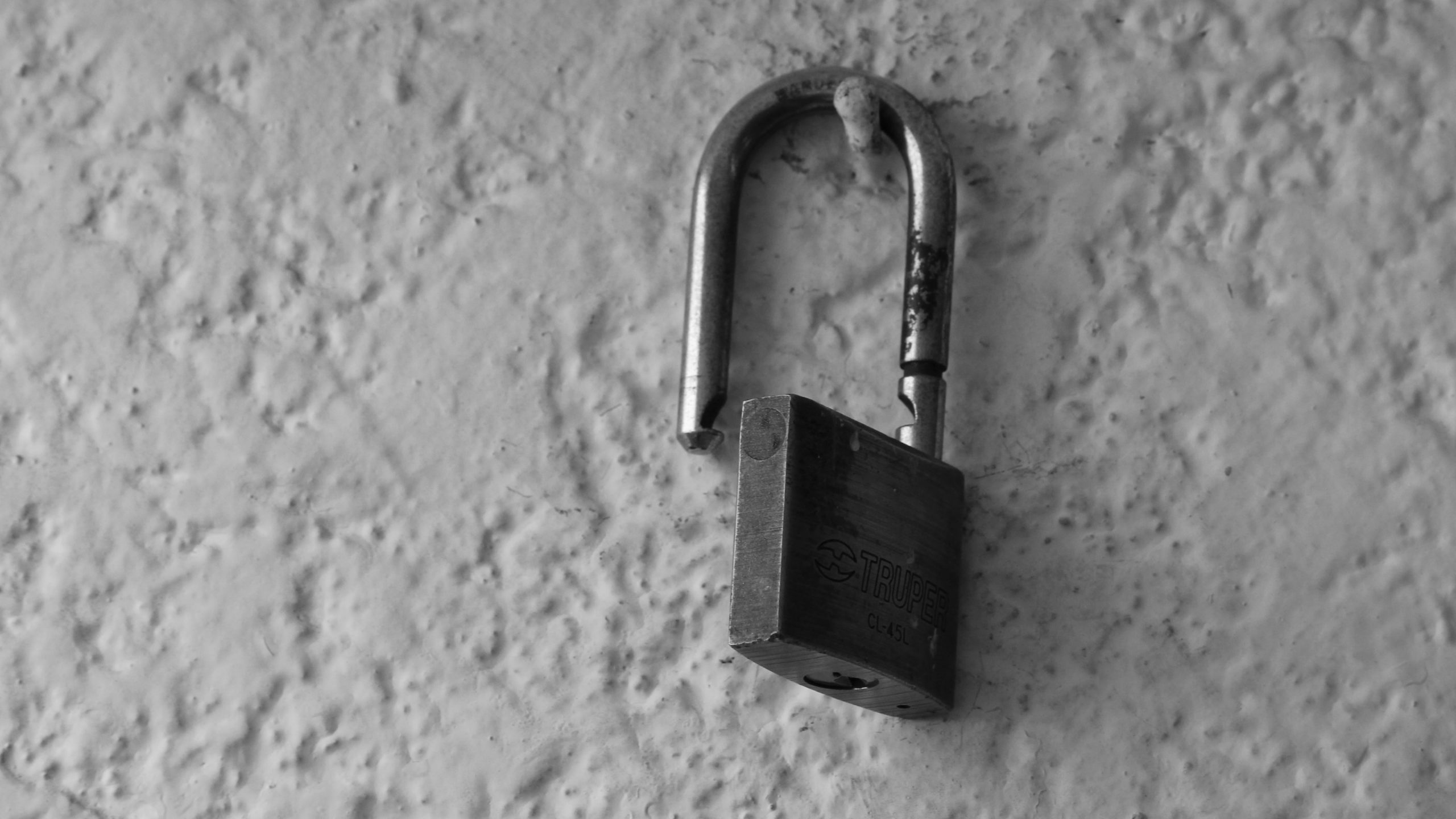Sweden: No Lockdown for No Reason?

As Sweden implements its first restrictions on hospitality, Eirwen Abberley evaluates the country’s controversial strategy since the outset of the pandemic.
Sweden’s refusal to implement a lockdown has been criticised extensively by other nations’ governments. When the first wave of the virus hit, Sweden’s approach was a non-restrictive one; schools, colleges and entertainment venues such as pubs and restaurants remained open. There were no official guidelines enforcing the wearing of masks outside of hospitals. It was not until the autumn that the government stopped visitors entering care homes, despite the elderly being the most vulnerable to the virus and seeing the highest proportion of COVID-related mortalities.
While Sweden did see a reduction in infection rates over the summer, they have been steadily on the rise since. Between November 3 and November 17, the 14-day cumulative number of cases approximately doubled – from 272 to 557 cases per 100,000 people. In light of increasing infection rates, Sweden has decided to implement a partial lockdown, introducing a curfew of 10:30pm in pubs and restaurants. The hope is that this will curb the increasing infections and, like in the United Kingdom, allow families to meet for Christmas celebrations. Now that Sweden is beginning to impose restrictions, it is plausible to wonder whether such measures should have been taken from the beginning.
Sweden has a high COVID-19 mortality rate – the fifth highest out of the wealthy countries. According to the World Bank, its mortality rate is 58.36 deaths per 100,000 people. The United Kingdom, a similarly developed European nation, however, has a higher mortality rate of 63.29. While there will be multiple factors affecting this, it might still come as a surprise considering that the United Kingdom was in lockdown from March to May, and is now in a second lockdown. Disgruntled members of the British public might cite this evidence in favour of lockdown being lifted.
Sweden seems to be experiencing a second peak, while many areas in the UK are seeing case numbers fall.
The main difference is in the current pattern; Sweden seems to be experiencing a second peak, while many areas in the UK are seeing case numbers fall. Although the Swedish government claims that the purpose of the light-handed approach was never herd immunity, they have expressed the hope that by not enforcing a lockdown a second peak would be avoided due to higher levels of immunity. There does not seem to be any evidence that this has worked.
Another important consideration is the economy. In the United Kingdom, many believe that the lockdown was lifted too soon, but the decision was made so that businesses could reopen. Nevertheless, according to the Office for National Statistics, “It is clear that the UK is in the largest recession on record.” Sweden’s economy, by contrast, is not technically in recession. It is predicted to shrink by 5%, but this is less than many other European countries including the United Kingdom, Spain and Italy. Having said that, it might be more useful to compare Sweden to other Scandinavian countries. Sweden’s economic shrinking is in line with these other nations, and Sweden has the highest unemployment rate in Scandinavia (at 9%).
Lives might have been saved if a lockdown had been implemented at the beginning
In addition, lockdowns have been effectively implemented in the other Nordic countries. Excepting Sweden, the Scandinavian countries do not have a mortality rate above 12 per 100,000. This is significantly lower than Sweden’s 58.36. While Sweden’s non-restrictive approach may have justification in the buoyancy of its economy and for the sake of individuals’ mental health, lives might have been saved if a lockdown had been implemented at the beginning. Life for its citizens might even have ‘returned to normal,’ like in New Zealand and other countries which implemented strict regulations from the start.


